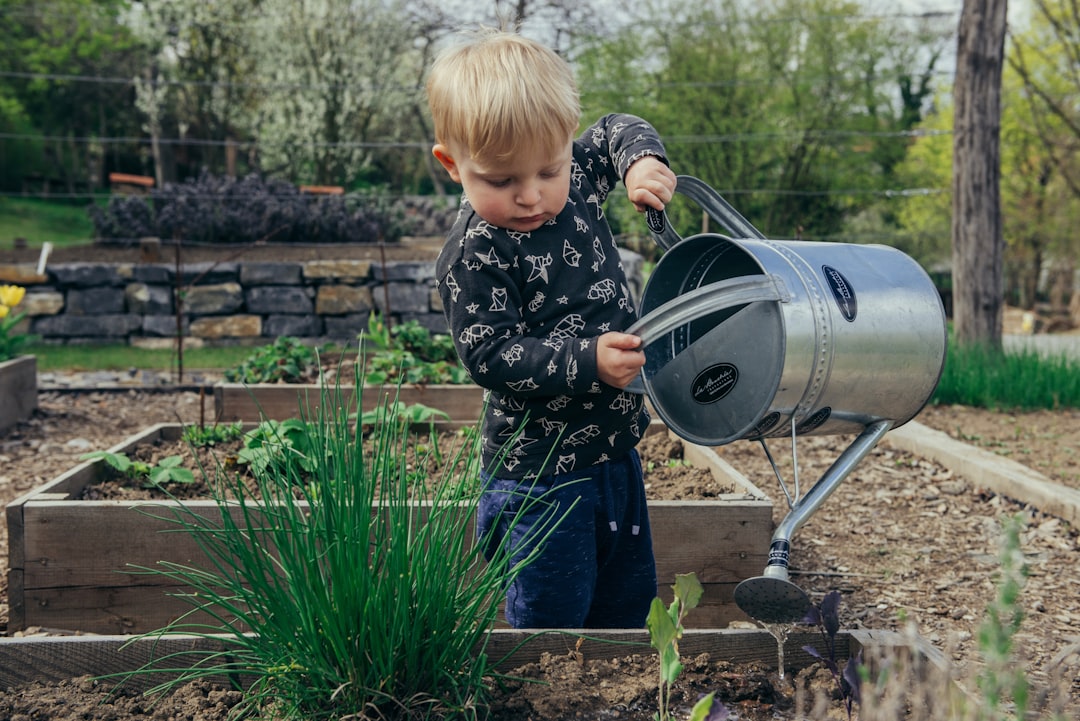In urban areas where space is limited and soil quality can be poor, raised bed gardening offers a structured and efficient way to grow fresh vegetables, herbs, and flowers. Whether you have a small backyard, rooftop, or community garden plot, raised beds allow you to create defined growing spaces that improve drainage, reduce soil compaction, and maximize plant health.
If you’re ready to transform your urban plot into a thriving garden, this guide will walk you through the benefits, setup process, and best plants for raised bed gardening.
1. Why Choose Raised Bed Gardening?
Raised beds are contained garden areas built above ground, often enclosed by wood, bricks, or metal. They offer several advantages, especially in urban settings:
✅ Better Soil Quality – Control the type of soil you use, avoiding urban contamination.
✅ Improved Drainage – Prevents waterlogging, making it ideal for rooftop and compacted ground areas.
✅ Higher Yields – Dense planting increases productivity in small spaces.
✅ Easier Maintenance – Less bending, weeding, and soil erosion.
✅ Aesthetic Appeal – Organizes your garden neatly and adds structure to small urban plots.
2. Choosing the Right Location for Your Raised Bed
Before building your raised bed, consider these key factors:
🌞 Sunlight: Most vegetables require at least 6–8 hours of direct sunlight daily. Position your bed in the sunniest spot available.
💧 Water Access: Place the bed near a water source for easy irrigation.
🌱 Soil Safety: If building directly on the ground, check for soil contamination (e.g., lead or heavy metals) and use a protective barrier if necessary.
💡 Tip: If space is tight, use narrow raised beds along fences or walls to optimize growing areas.
3. Building a Raised Bed: Materials & Construction
Best Materials for Raised Bed Frames
🪵 Wood (Cedar or Redwood) – Naturally rot-resistant and long-lasting.
🔩 Metal (Galvanized Steel) – Durable and modern-looking, with excellent longevity.
🧱 Bricks or Concrete Blocks – Sturdy but may require more space.
♻ Recycled Materials – Repurpose old pallets, wine barrels, or large containers.
💡 Tip: Avoid treated wood that may contain harmful chemicals—opt for untreated or food-safe sealants.
Ideal Raised Bed Dimensions
📏 Width: 3–4 feet wide (so you can reach plants from both sides).
📏 Length: 6–12 feet long, depending on your available space.
📏 Depth: 12–18 inches deep for most vegetables and herbs.
💡 Tip: If building over pavement or a rooftop, ensure proper drainage by lining the bottom with gravel and drilling drainage holes.
4. Filling Your Raised Bed with Quality Soil
Good soil is the foundation of a productive raised bed. A well-balanced mix ensures healthy plant growth.
Best Raised Bed Soil Mix
🥄 50% Topsoil – Provides bulk and structure.
🥄 30% Compost – Adds nutrients and improves moisture retention.
🥄 20% Aeration Material (Perlite or Sand) – Enhances drainage and root growth.
💡 Tip: Refresh your soil annually by adding compost or organic matter to maintain fertility.
5. Best Crops for Raised Bed Gardening
Vegetables 🥕🌶
-
🍅 Tomatoes – Require staking or cages for support.
-
🥕 Carrots & Radishes – Thrive in deep, loose soil.
-
🥬 Lettuce, Spinach & Kale – Ideal for year-round growing in compact beds.
-
🥦 Broccoli & Cauliflower – Need rich soil and deep beds.
-
🌶️ Peppers & Eggplants – Grow well in warm, well-drained soil.
Herbs 🌿
-
🌱 Basil, Cilantro, Parsley – Perfect for raised beds with partial shade.
-
🌿 Rosemary, Thyme, Oregano – Drought-tolerant and low-maintenance.
-
🌸 Lavender – Adds fragrance and attracts pollinators.
Fruits 🍓
-
🍓 Strawberries – Grow well in raised beds with good drainage.
-
🍈 Dwarf Melons – Require support for vertical growth.
-
🍋 Dwarf Citrus Trees – Thrive in deeper raised beds.
💡 Tip: Use companion planting (e.g., tomatoes & basil, carrots & onions) to deter pests naturally.
6. Raised Bed Maintenance Tips
Keeping your raised bed garden thriving requires some simple maintenance:
✔ Water Regularly: Raised beds dry out faster—use a drip irrigation system or mulch to retain moisture.
✔ Fertilize as Needed: Organic compost or balanced fertilizers keep soil nutrient-rich.
✔ Weed Control: Raised beds reduce weeds, but occasional weeding is still necessary.
✔ Rotate Crops: Prevent soil depletion by switching plant locations each season.
💡 Tip: Cover beds in winter with mulch or a cover crop to protect soil health.
7. Creative Ideas for Raised Bed Gardens
🌱 Tiered Raised Beds: Maximize space with multi-level planting.
🛖 Keyhole Garden Design: A circular raised bed with a composting center for easy nutrient cycling.
📦 Modular Raised Beds: Stackable or movable beds for flexible gardening.
🏙 Rooftop Raised Beds: Lightweight containers for high-rise urban gardening.
💡 Tip: Add trellises to raised beds for vertical gardening—grow cucumbers, beans, or peas to save space.
Final Thoughts: Start Your Raised Bed Garden Today! 🌿🌞
Raised bed gardening is a perfect solution for urban gardeners looking to grow food efficiently while dealing with space constraints and poor soil conditions. Whether you have a tiny backyard, rooftop, or community plot, raised beds create defined, productive growing spaces that enhance plant health and maximize yields.
🌱 Key Takeaways:
✅ Raised beds improve soil quality, drainage, and plant productivity.
✅ Choose the right materials and dimensions for your space.
✅ Fill beds with nutrient-rich, well-draining soil.
✅ Grow a mix of vegetables, herbs, and fruits for year-round harvests.
✅ Maintain soil health with compost, watering, and crop rotation.
With a little planning and care, you can turn any urban plot into a thriving garden! 🌿🏙

Comments
No comments yet. Be the first to comment!
You must be logged in to comment. Login